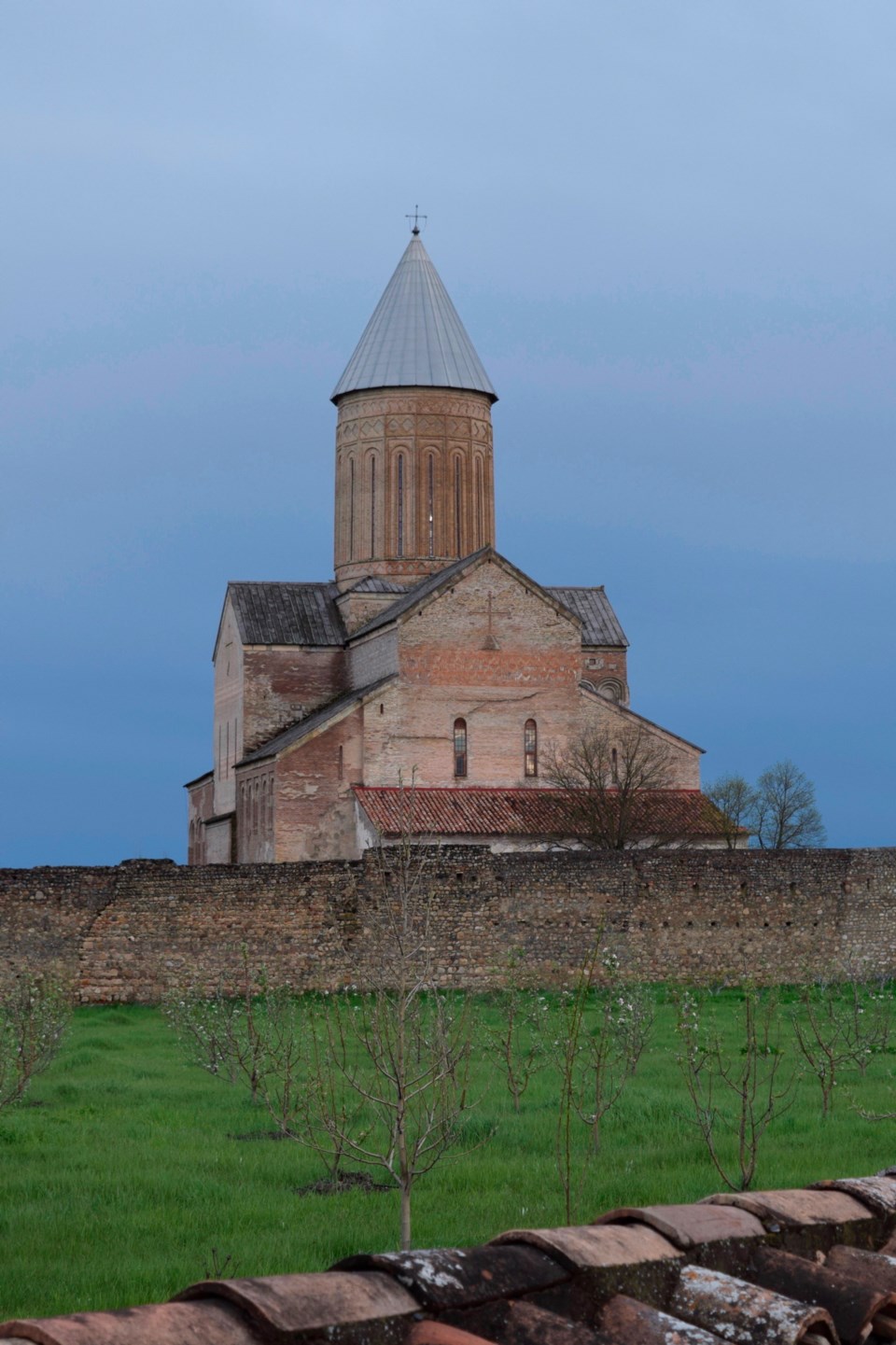TBILISI, Georgia ŌĆö Want to learn about the origins of winemaking? YouŌĆÖll have to go about 3,200 kilometres east of Bordeaux, France, to the Republic of Georgia, in the Caucasus Mountains. This beautiful and affordable country has many other attractions for both budget and sophisticated travellers.
There are 1,000-year-old churches, wild mountains offering winter and summer splendour, and coastal resorts on the Black Sea. After being part of the Soviet Union for decades, Georgia declared independence in 1991, and the country has embraced tourism and development.
While visiting Georgia to research a book about the origins of wine, I kept having to choose between wine experiences and other tempting options. Georgian architecture, food, wine and music is a multi-ethnic mix of East and West. Romans, Persians, Mongols, Arabs and Russians all fought to control the country over the past 2,000-plus years. Now the people are overwhelmingly Christian, yet street food and Georgian chants have a Middle Eastern or even Asian tinge.
For wine lovers, a trip to Georgia is like going back to a vineyard Garden of Eden. Archeological sites show that Georgians began making wine at least 5,000 years before the French.
Patrick McGovern, a researcher at the University of Pennsylvania, has examined 8,000-year-old Georgian pottery that is decorated with ŌĆ£grape clusters and jubilant stick-figures, with arms raised high, under grape arbours,ŌĆØ and burial mounds contain ornate gold and silver goblets with depictions of ancient drinking ceremonies.
The classic Georgian chant ŌĆ£Shen Khar VenakhiŌĆØ (ŌĆ£Thou Art a VineyardŌĆØ) was reputedly written by King Demetrius I in the 12th century. It is still popular atweddings.
You can experience and taste some of the wine history throughout the Georgian countryside. Small wineries and many, many families still ferment grapes in oval clay containers called qvevri, which may have inspired the later amphora of Greece and Rome. Georgia has hundreds of native wine grape varieties, including kisi, mtsvane, rkatsiteli and saperavi. Try the unfiltered and natural golden (or orange) wine style for a sense of how wine was first made thousands of years ago.
A Game of Thrones episode could be filmed in the eastern Kakheti region, which has numerous vineyards.
Nearby the Alaverdi monastery and winery, which dates to the year 1011, features a 50-metre tower and high stone walls, with beautiful icons inside the church.
Father Gerasim, bearded and dressed in a traditional long black cassock, said the Alaverdi monks are carrying on a tradition passed down through generations. ŌĆ£I remember when I was about three or four years old, my grandfather or father took me to the wine cellar every time they went. Wine ties, and tied, the human being to his community, to his land,ŌĆØ Gerasim said.
Ancient rituals linger. Every September, Georgians from several ethnic and religious backgrounds make a pilgrimage to Alaverdi called Alaverdoba. The festival, which now lasts for about a week, was in ancient times a multi-week harvest celebration linked to pagan, pre-Christian moon cults.
For outdoor pursuits, the Caucasus Mountains rise to more than 4,600 metres, with glacial lakes and semi-tropical valleys hidden throughout. It is untamed land, but also a botanical and human crossroads for Central Europe, Central Asia, and the Middle East that is home to Anatolian leopards, bears, wolves, lynx and golden eagles.
Researchers from the Chicago Botanic Garden found that the Caucasus contains 6,400 distinct groups of plants in a region about the size of Minnesota.
In laymanŌĆÖs terms, the isolated mountain valleys may have helped nurture and protect different species, like natural time capsules.
Back in Tbilisi, the capital, youŌĆÖll find a mix of quaint old world neighbourhoods and trendy new riverfront areas. The Georgian State Museum has a fine range of cultural and historical exhibits.
Small bakeries make chewy, crisp, khachapuri bread. Shaped like a small alien spacecraft, try it with the traditional melted cheese and egg in the centre. There are also Georgian flatbreads ŌĆö like pitas ŌĆö stuffed with savoury mixes of chopped meat and spices, and a wide variety of dumplings.
There are upscale restaurants, too. PurPur combines local dishes with classic French-style cooking in a 19th-century atmosphere.
Try the pkhali appetizer, which is a sort of pat├® made from ground walnuts and different vegetables, such as beets or spinach.
The various types (and colours) taste like eating fresh vegetable shoots straight out of a garden ŌĆö subtle yet vibrant and alive.
For a darker experience you can also visit the Joseph Stalin Museum in Gori, his birthplace. Tour groups offer it as a day trip from Tbilisi.
Finally, you can go for a swim or spa visit at numerous Black Sea resorts.
Kevin Begos is the author of the new book Tasting the Past: the Science of Flavor & the Search for the Origins of Wine. More information on Georgia and wine history can be found at kevinbegos.com.



